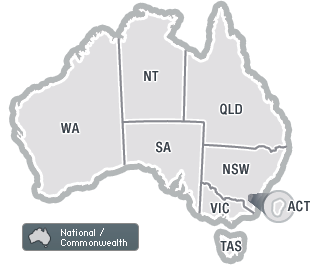Do you have employees who never take sick leave? This isn't necessarily a good thing, the International Congress of Occupational Health in Adelaide heard on Friday.
University of Wollongong senior research fellow Dr Christopher Magee told delegates at the Congress that some workers who aren't taking sick leave probably should be.
He said that while absences are costly for organisations, presenteeism could be costing employers more in lost productivity.
In a study of 2500 full-time workers who were surveyed as part of the Household, Income and Labour Dynamics in Australia (HILDA) survey, Magee and fellow researcher Peter Caputi aimed to determine absenteeism patterns over a five-year period and consider what work-related factors contributed to them.
They identified four groups of workers with distinct absenteeism behaviour.
The first group, which constituted about a quarter of the sample, took an average of between zero and one day of sick leave a year over five years (the no sick leave group), Magee said.
About a third of the workers took two days of sick leave a year (the low sick leave group), and another third took four to six days off a year (the moderate sick leave group).
The fourth group of workers reported taking 10 to 12 days off every year (the high sick leave group).
Magee and Caputi found the reason those in the last group took a high level of sick leave was because they had higher levels of job strain, more bodily pain and poorer physical and mental health than others.
They found that on average those in the moderate group were less stressed than those in the low sick leave group, and worked less hours during the week.
This indicated they were less likely to "care that much" or to be engaged with their jobs, Magee said.
Those in the no sick leave group, he said, tended to work longer hours than those in the other groups, and had comparable health.
He said these people were likely to fall into two categories: those who were engaged, committed and healthy, and workers who could be characterised by presenteeism.
"[The former] represent a group of people who are highly engaged and want to work," he said.
"These are people who would be very good for organisations to have. They're healthy, they work a lot, and perhaps they're productive."
Those in the latter category "don't take sick leave but perhaps they should", Magee said.



